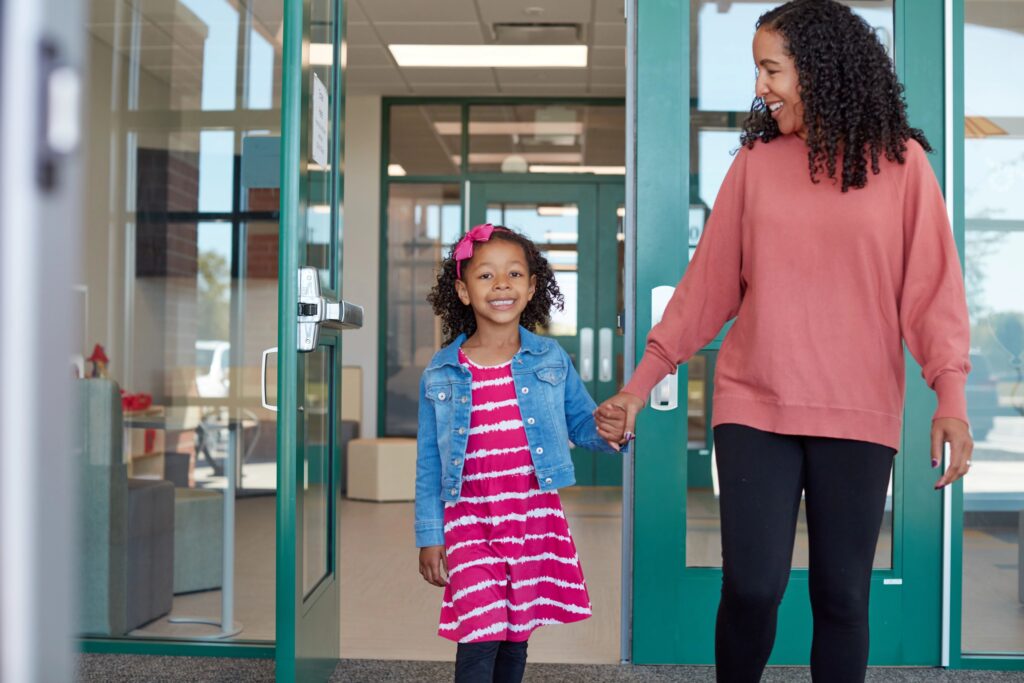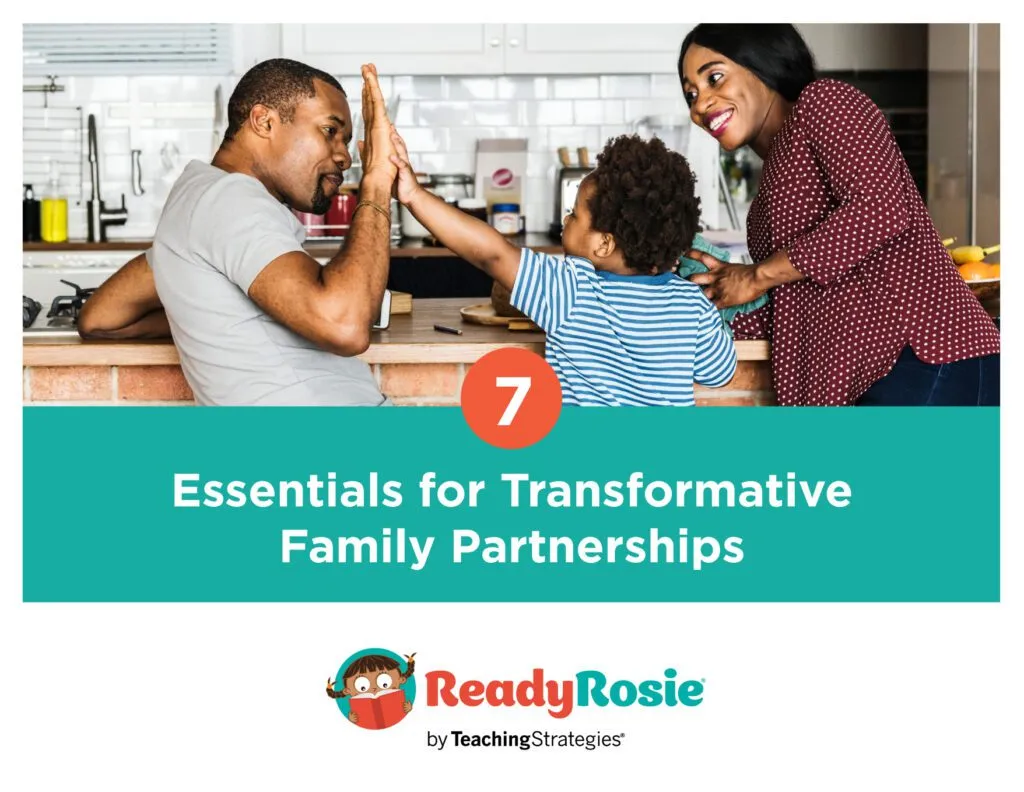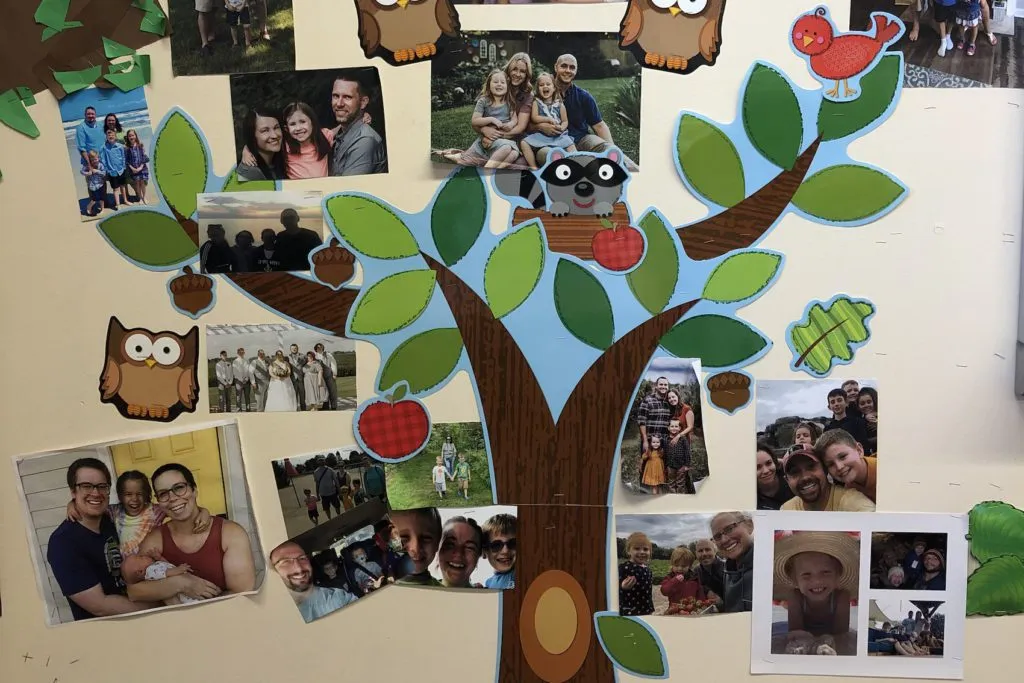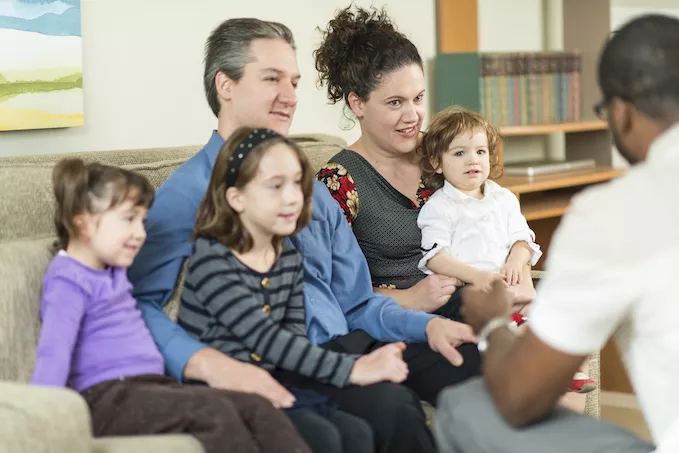Inviting Families Into Our Early Childhood Classroom Communities


Throughout my career in early childhood education, I often fielded questions about what we do all day, other than play in interest areas, take naps, and run around outdoors.
Instead of being offended by these questions, I chose to see them as a lightbulb and an opportunity. Those questions caused me to begin to think of ways that I could accomplish the goal of helping families understand what I did all day and—more importantly—what their children did all day.
Opening the Door to Families
Inviting families into our classroom communities gives educators an amazing opportunity to not only become better acquainted with families but also give families a deeper understanding of what goes on in an early childhood classroom. And when families understand what goes on, they are better equipped to talk with their children about school and support their children’s development and learning.
I knew I would need to be just as intentional in inviting families into their children’s classroom as I was in all my other classroom planning. I decided that family surveys were a good place for me to start.
First, I wanted to determine their level of interest in joining this community. Would they like to volunteer? Talk about their jobs during “Community Helpers Week?” Maybe they would like to create a holiday project to celebrate all families, share a recipe or story that was important to their own family, or even join us for an activity outside.
Surveying families helped me understand that creating the survey forms was only the first step. I also needed to create an open dialogue and truly listen to the families. I realized I also must acknowledge that not all families would be open to or available for visiting during the school day. I had to respect that as well.
What I ultimately found was that families overall had a strong desire to be a part of their children’s classroom community. Once families knew they were welcome in our classroom and had a chance to learn about some of the many ways they could participate in “what their children did all day,” the number of classroom volunteers increased—and so did the variety of their engagement efforts. Families helped set up and host games at our annual fall festival, they sent in items related to our project-based experiences, and they understood the learning that we were doing every day at school. They also became more engaged with continuing the processes of hands-on learning at home.
Taking Classroom Lessons to the Director’s Office
When I became an education supervisor, I knew that this relationship-building process would become even more important.
As a school leader, I had to deeply understand the reasons behind having families become a part of our school/classroom community. I also needed to communicate to both families and staff members how family engagement would positively impact the program, our staff, and the children.
Leaning on past experiences as a classroom teacher, I felt that building upon the existing relationships I had already established and creating new ones with families entering the program would continue to create this sense of community within the school. In short, I would do more of what I already knew could work.
Being present and visible was a huge component of this effort, such as ensuring that I was not always in my office at my desk but rather in the halls, the entryway, and classrooms to greet families and children each morning and at the end of every day.
I wanted them to see that we were there not only to support their children but to support them as well. These partnerships led to greater responses to family surveys and fundraisers and created opportunities for us to engage in conversations that are not always the easiest to have. For example, conversations about behavior concerns or potential developmental delays—which can be difficult issues to discuss—were more effective and positive because of this pre-existing partnership with families, allowing us to really maximize the potential outcomes.
Even now, in my role at Teaching Strategies, I often think about my days in the classroom. I am reminded of my experiences when I talk about ways that families can bolster their children’s skill development and ways that schools and families can work together, such as by sharing family-facing versions of curricular components, discussing referrals for services, and even having them come observe their children at school. All these options gave us opportunities to use that classroom community to benefit the children.
Simple, Yet Effective, Advice
It seems like simple advice, but I found it quite effective: let families know you want them to be involved in their children’s lives at school and offer a wide variety of ways (and welcome their additional ideas) for them to do so—because when they do, everyone benefits.
This is what makes inviting families into our classroom communities so valuable. Giving them opportunities to understand their children’s developmental and learning processes, working together to meaningfully extend learning beyond the classroom, and creating more impactful experiences for all children—these cooperative strategies give us the chance to impact the world’s tomorrows, which is, after all, what all educators really do all day.

Interested in more strategies to build relationships with families?
Our free eBook, 7 Essentials for Transformative Family Partnerships, is packed with resources for building lasting relationships with children’s families.


